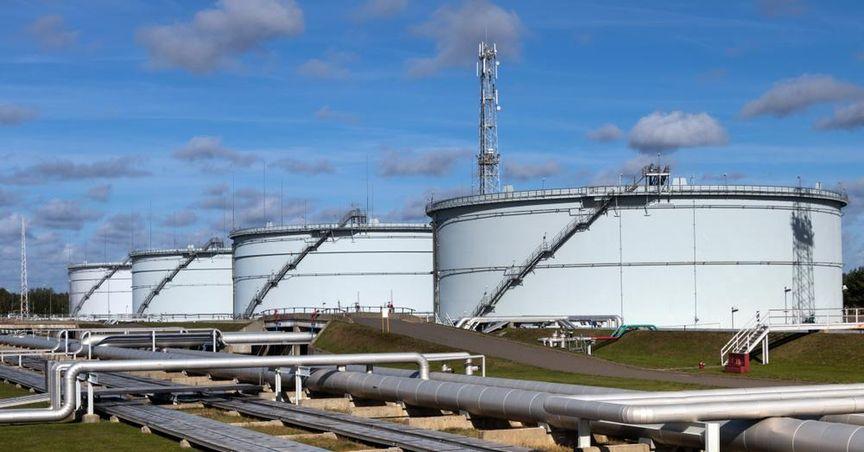Highlights
- Energy Fuels leads uranium production operations across multiple U.S. sites.
- Technical movement in share price follows trends commonly observed in mining-linked listings.
- Presence across key American mining regions supports broader sector contribution to the S&P/TSX Composite Index.
Energy Fuels Inc. (TSX:EFR) operates in the energy materials sector with a focus on uranium and vanadium extraction. As the largest uranium producer in the United States, the company is positioned across three strategic production centers—Utah, Wyoming, and Texas. Its activities align with the broader natural resource listings that are often factored into indices like the S&P/TSX Composite Index, reflecting shifts in commodities demand and sector rotation patterns.
Core Mining Operations
Energy Fuels holds an operational advantage through ownership of the White Mesa Mill in Utah, which is known for its capacity to process various radioactive ores. In addition to that facility, the company oversees the Nichols Ranch ISR operation in Wyoming and the Alta Mesa ISR operation in Texas. These facilities are among the primary contributors to uranium production in the region.
Alongside uranium, the company is involved in vanadium processing, further extending its footprint in strategic and industrial-use metals. This diversification across rare materials helps establish the company's relevance in discussions involving energy security and nuclear fuel sources.
Presence in the Broader Sector Landscape
Within the mining and metals segment of Canadian-listed companies, Energy Fuels plays a distinct role. Its cross-border operational base offers coverage of the U.S. production landscape while being listed on the Canadian exchange. This dual exposure allows it to feature alongside entities that are tracked under benchmarks such as the S&P/TSX Composite Index, especially when themes like critical minerals gain attention.
This broader sector relevance enhances visibility and aligns with shifts in demand for alternative energy materials and supply chain localization strategies.
Recent Technical Indicators
Recent patterns in moving averages for Energy Fuels have presented variations that follow standard shifts seen in commodity-related equities. Moving average comparisons over medium and extended periods offer signals of price momentum, sector weightings, and capital flows.
Such trends often run parallel with segments of the S&P/TSX Composite Index that respond to underlying changes in energy policy, geopolitical influences on supply chains, and procurement demand in nuclear energy.
Structuring Across Key U.S. States
The geographic diversity across Utah, Wyoming, and Texas provides logistical advantages to Energy Fuels. Each region is equipped with the infrastructure and regulatory frameworks necessary to facilitate steady mineral extraction and material handling.
This distribution also allows the company to manage localized conditions—ranging from geology to environmental compliance—across varied terrains. It reflects a strategy of operational flexibility that is often associated with sustained activity in specialized mining segments.
Broader Impact and Sector Dynamics
Energy Fuels' involvement in uranium and vanadium production positions it as a contributor to the broader extraction industry that forms part of materials and energy benchmarks. These segments contribute to the structural composition of broader indices, including the S&P/TSX Composite Index.
Continued operations across rare material categories signal an alignment with evolving resource demands and infrastructure themes that affect multiple industries beyond just mining.





